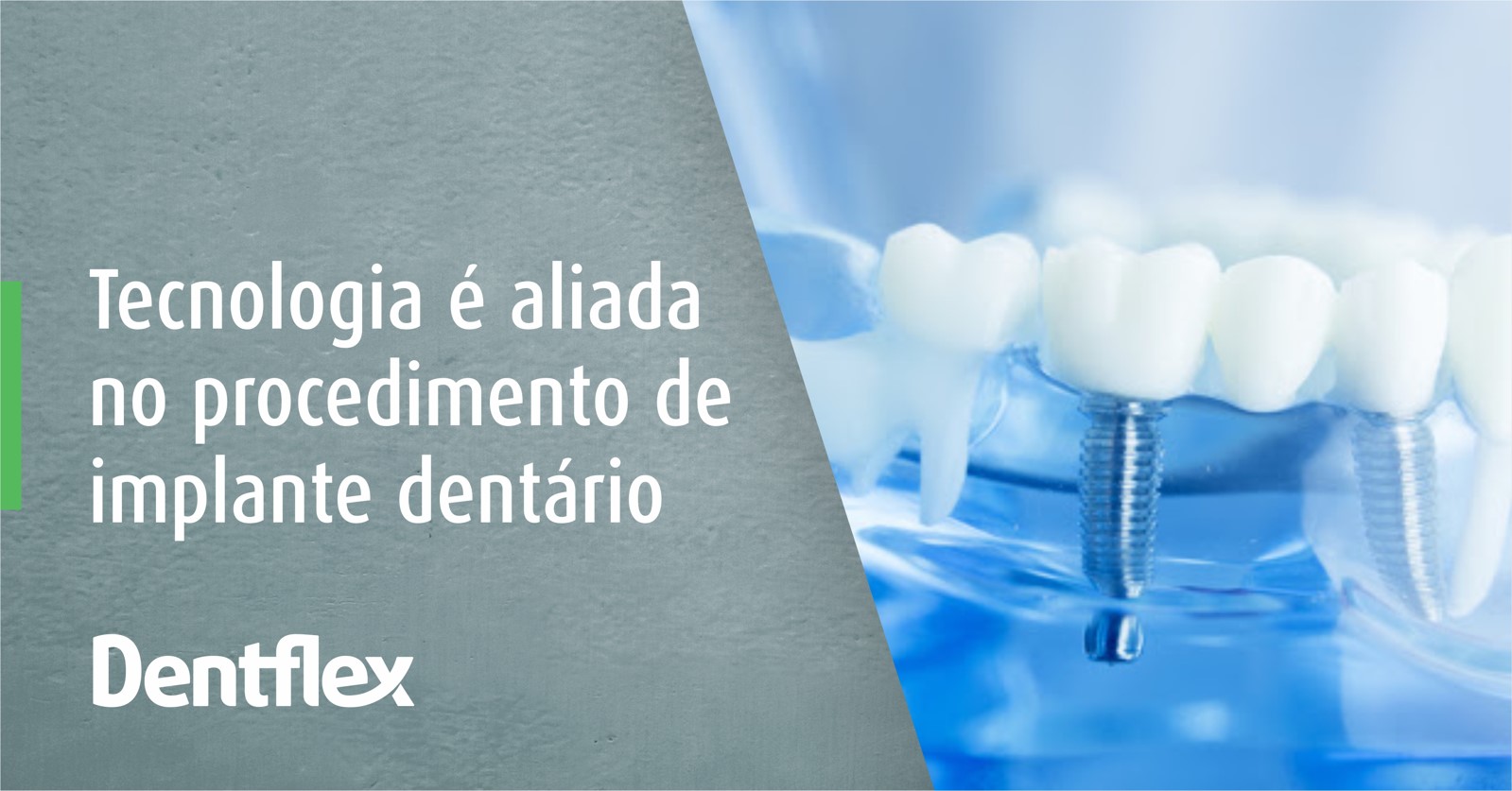Technology is allied in the dental implant procedure

Dentistry, like other areas of health science, has shown great development in recent years. Advances in the areas of information technology, materials and tissue engineering may have been the main responsible for this transformation.
Within this scenario, dental implantology was also benefited by all this movement. In the 60s, initially, the bases of this science were defined. At the time, after the placement of the implants, a period of 3 to 6 months was expected for making the dental prosthesis. Period corresponding to the remodeling of bone tissue on the implant wall. This process was a revolution in dentistry, as we could rehabilitate a space without the tooth, without the need to wear the neighboring teeth to make a prosthesis.
Titanium, the material of choice, has great biocompatibility with the tissues of our organism. The bone binds to this material, causing a very strong bonding process. Our body has a friendly reaction with this metal, so the idea of rejection does not exist. What can happen, in rare cases, is not being successful due to failure to join the bone to the implant.
In general, the success of this procedure is between 95% and 98% of cases and there is also no age limit. After puberty, anyone can receive implants.
Some patients do not have sufficient bone volume to install the implant. This is because of infectious processes, premature loss of teeth or accidents. However, we can reconstruct these areas by grafting. For such a situation, the specialist can use the patient's own tissue, animal or artificial material.
More recently, it was discovered that, in many cases, the crown or prosthesis on the implant could be placed immediately after implant placement. This technique became known as immediate loading. So, in many cases, we can have a prosthetic solution immediately after surgery. In this technique, most prostheses are fixed, that is, they do not come loose during chewing, providing greater comfort, safety and efficiency.
Currently, surgical planning can be done in software. The professional simulates surgery in a 3D environment, having a privileged view of the entire anatomical area. These data are sent to a laboratory, which makes a surgical guide. After anesthesia this piece is adapted in the toothless region. Thus, the surgeon has the information about the inclination and depth of the implants established in the virtual planning.
With this feature, it is not necessary to use the scalpel. This technique, when indicated by the dental surgeon, can provide a reduction in surgical time and postoperative pain.
All techniques and equipment always depend on a trained professional. In all areas of knowledge, technological advances can optimize our actions, but they do not replace the knowledge, experience, skill and common sense of the operator. In other words, technology can facilitate procedures, make them simpler, but the difference is in how we use these resources.
Today, we have many resources to use. The prepared dental surgeon will choose the best strategy and technique for each case.
Source: Minha Vida. Available at: https://www.minhavida.com.br/saude/materias/12896-tecnologia-e-aliada-no-procedimento-de-implante-dentario. Access on: 03/04/2021.
